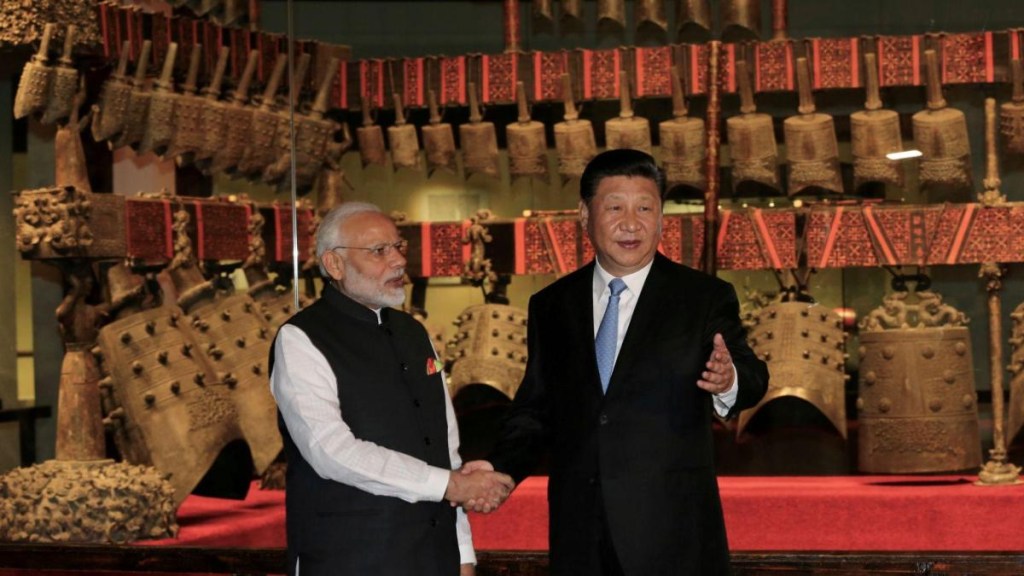Dismissing China’s claim that it was Prime Minister Narendra Modi who proposed the discussion with President Xi Jinping at the BRICS summit in South Africa, Indian officials have firmly contradicted this narrative. Instead, they’ve illuminated a previously undisclosed aspect, indicating an “unaddressed solicitation from the Chinese quarters.” While the Chinese foreign ministry claimed the interaction transpired at India’s behest on August 23, Indian insiders assert that it was China that had sought a bilateral discussion.
The meeting between the two leaders occurred informally at the Leaders Lounge amid the BRICS Summit in Johannesburg. This brought together the leaders on the sidelines of a global event, underscoring the intricacies of international diplomacy. In a concerted effort to reduce tensions that have simmered since the intense face-off in Galwan Valley in June 2020, Modi and Xi concurred on the need for “swift de-escalation” along the entire Line of Actual Control (LAC). This shared recognition of the urgency to defuse tensions reveals a cautious step towards stabilizing the often volatile relations between India and China.
They also agreed to instruct their respective countries’ officials to expedite disengagement along the LAC. This move holds the promise of easing the strain on the border and could potentially pave the way for more extensive discussions on long-standing disputes. The decision to involve officials from both sides in the disengagement process demonstrates a commitment to practical and concrete steps toward resolution.
Foreign Secretary Vinay Kwatra, addressing the media on late Thursday evening (IST) said that the interaction was a sideline discussion with President Xi Jinping, while the Prime Minister also engaged with other BRICS leaders. Kwatra’s statement sheds light on the context in which the interaction took place, emphasizing the multilateral nature of the event and the range of diplomatic engagements that Modi was involved in.
During the exchange, Modi emphasized India’s apprehensions regarding unresolved issues along the LAC and in other areas bordering China.
According to a Chinese account of the exchange, the two leaders shared a “candid and profound exchange of perspectives” on current China-India relations and other mutual concerns. President Xi Jinping underscored the significance of enhancing bilateral relations between the two nations, asserting its role in advancing global peace, stability, and development. The Chinese foreign ministry quoted Xi Jinping, emphasizing the importance of addressing border issues prudently to jointly uphold tranquility and harmony along the border region.
This episode underscores the intricate diplomatic relations between the two Asian giants, as each side positions itself to narrate the event according to its own interests. The contradictory narratives reflect the delicate nature of their relationship and the broader international context in which these interactions take place.

